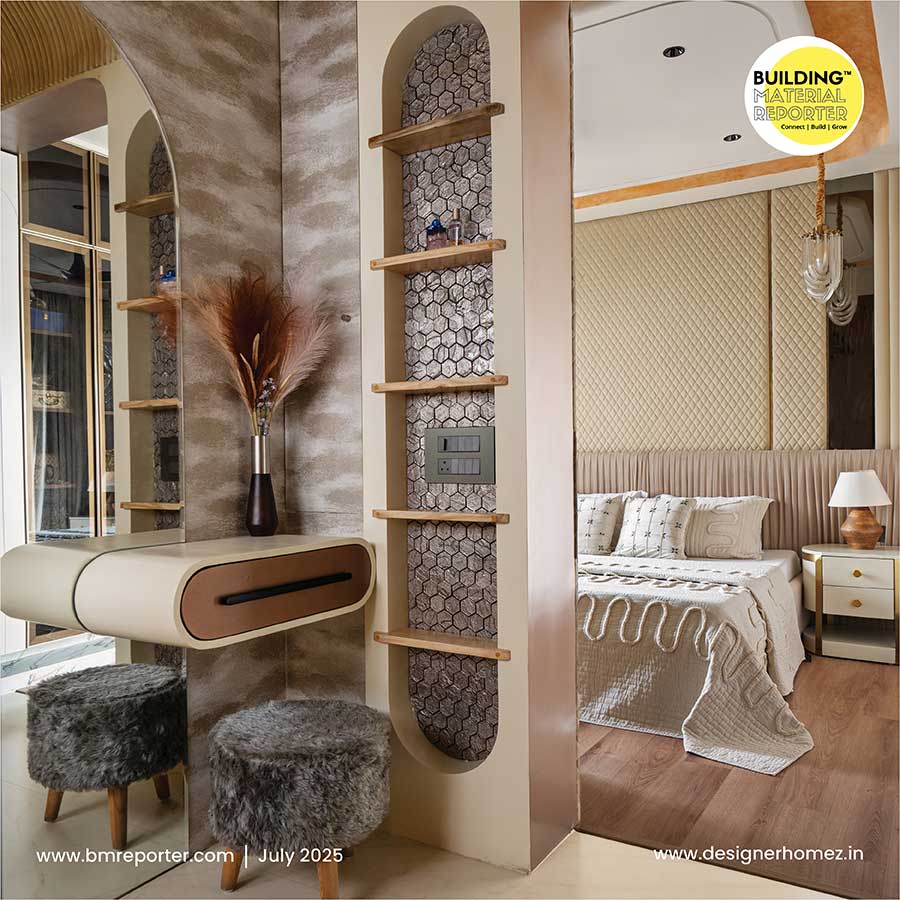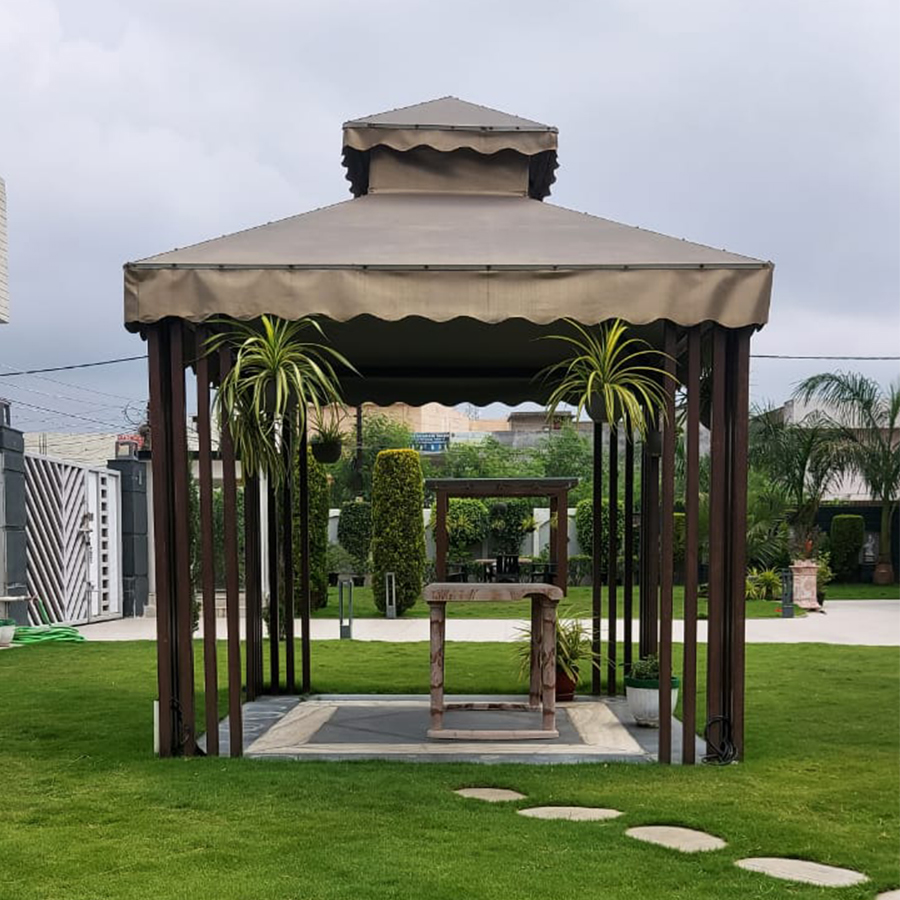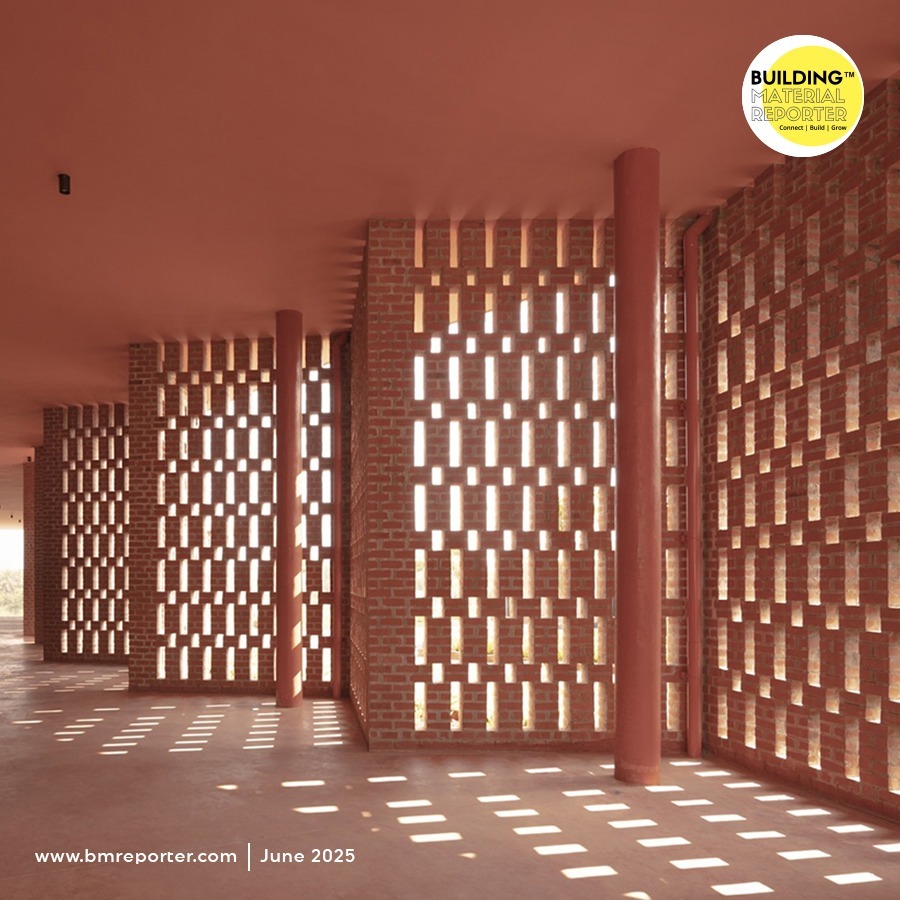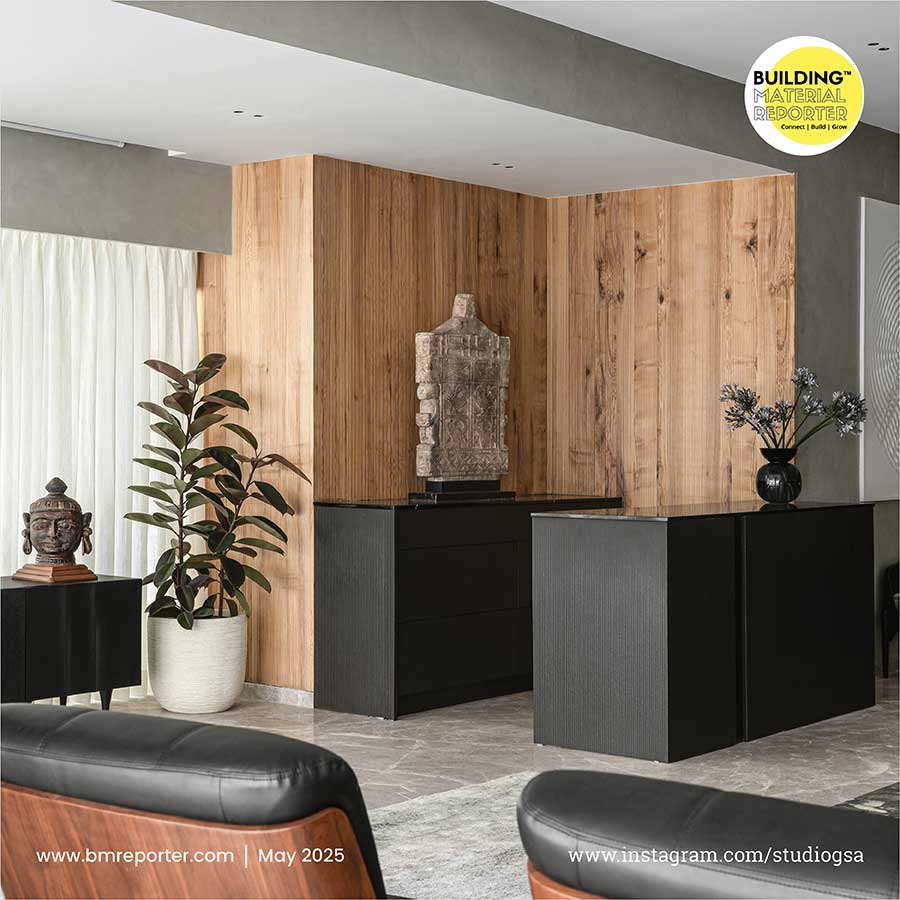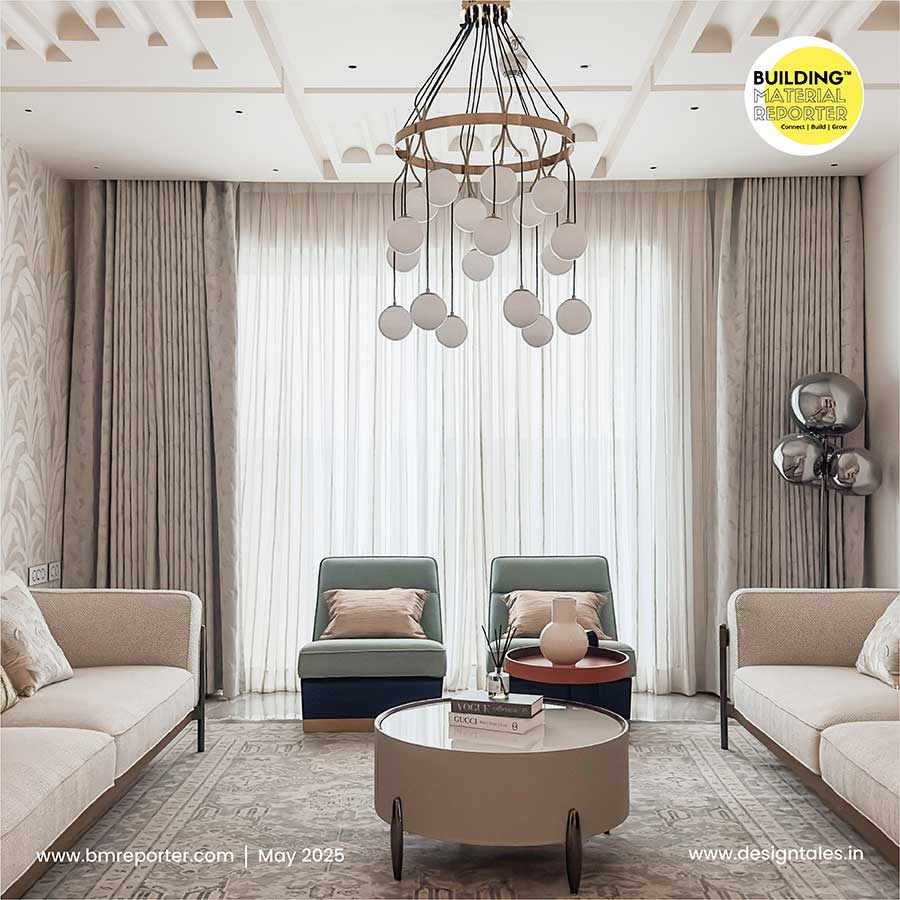Discovering Gujarat's Regional Science Centre
- June 21, 2024
- By: Editorial Team
- INFLUENCERS
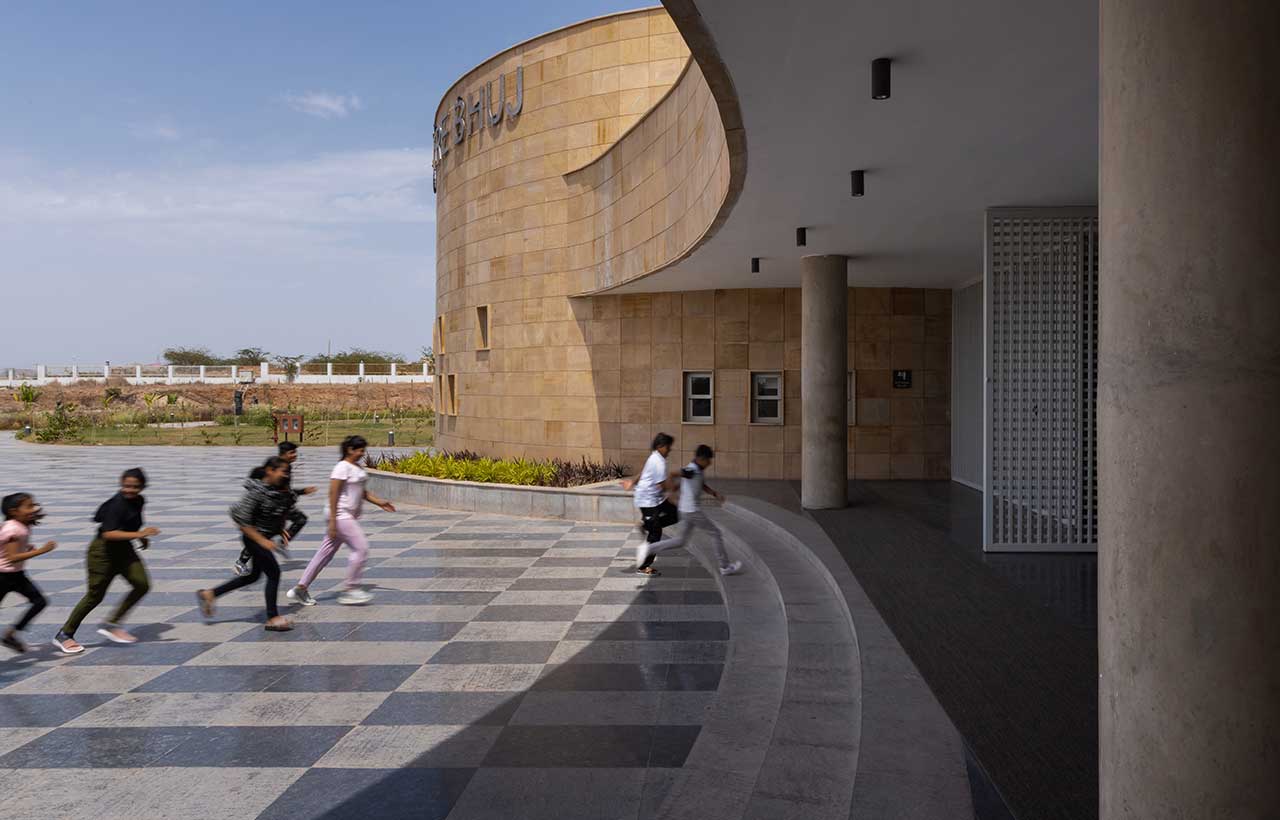 In the heart of the hot and dry region of Kutch, the regional and innovation center designed by INI Design Studio embodies Gujarat's commitment to scientific advancement with the integration of local heritage, inspired by the resilient Bhunga houses. The Centre's design ethos blends modern technology with time-honoured wisdom inviting visitors on a journey through space, nanotechnology, energy, and marine navigation, fostering a dynamic intersection of science, culture, and community engagement.
In the heart of the hot and dry region of Kutch, the regional and innovation center designed by INI Design Studio embodies Gujarat's commitment to scientific advancement with the integration of local heritage, inspired by the resilient Bhunga houses. The Centre's design ethos blends modern technology with time-honoured wisdom inviting visitors on a journey through space, nanotechnology, energy, and marine navigation, fostering a dynamic intersection of science, culture, and community engagement.
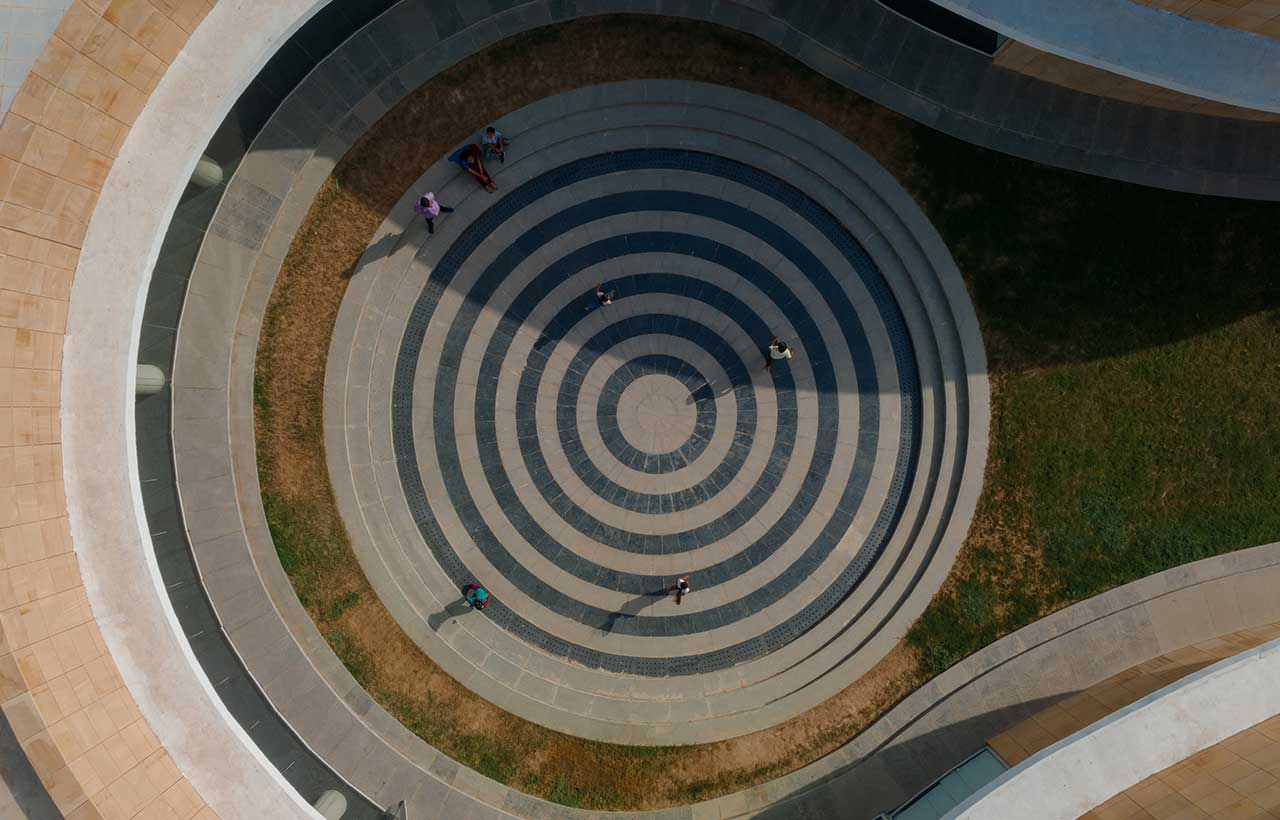
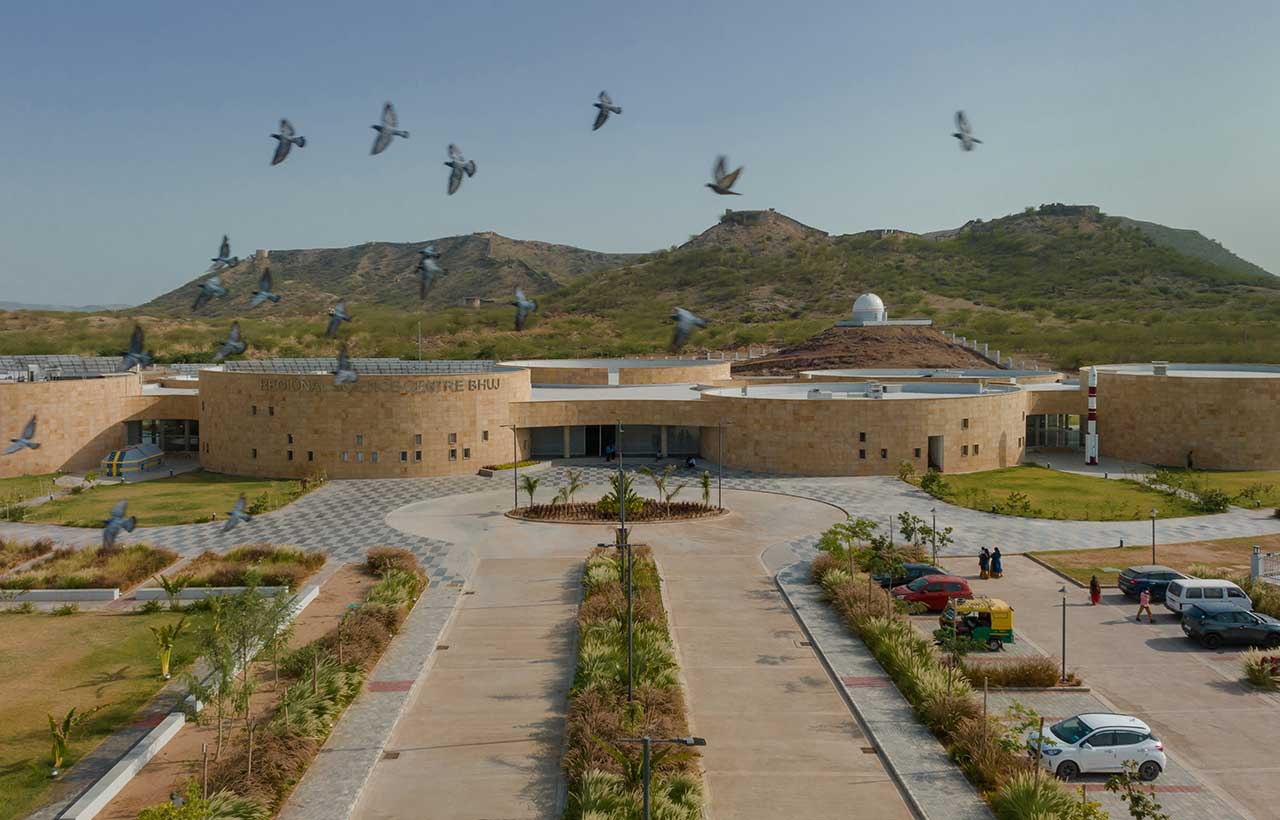 The convergence of scientific innovation and socio-economic progress is a global pursuit, with nations leveraging Science and Technology for comprehensive development. In 1986, Gujarat established the Council of Science and Technology (GUJCOST) to address regional challenges within an international context. Dedicated to mitigating backwardness, rural unemployment, and poverty, GUJCOST is establishing community science centers across the state through public-private partnerships.
The convergence of scientific innovation and socio-economic progress is a global pursuit, with nations leveraging Science and Technology for comprehensive development. In 1986, Gujarat established the Council of Science and Technology (GUJCOST) to address regional challenges within an international context. Dedicated to mitigating backwardness, rural unemployment, and poverty, GUJCOST is establishing community science centers across the state through public-private partnerships.
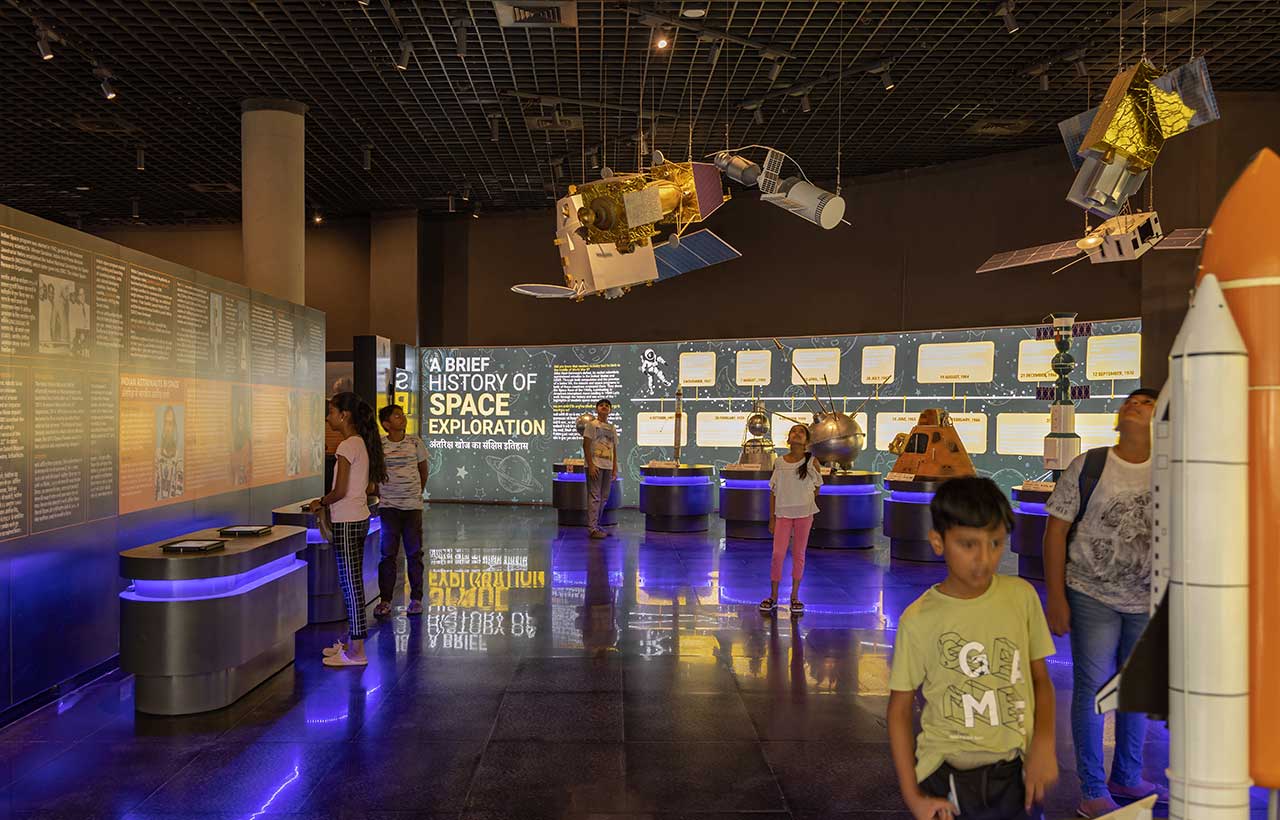 The goal was to 'Bring Science to People's Doorstep,' creating top-notch facilities that educate, entertain, and integrate modernity with cultural heritage, embodying the state's forward-looking approach to science, education and community engagement.
The goal was to 'Bring Science to People's Doorstep,' creating top-notch facilities that educate, entertain, and integrate modernity with cultural heritage, embodying the state's forward-looking approach to science, education and community engagement.
The Regional Science Centre in Bhuj city, in the Kutch region of Gujarat state, is situated to the north of a hillock known locally as Bhujiyo Dungar. The North-South axis acts as a pedestrian path and connects with the East-West axis along which all the galleries are located.
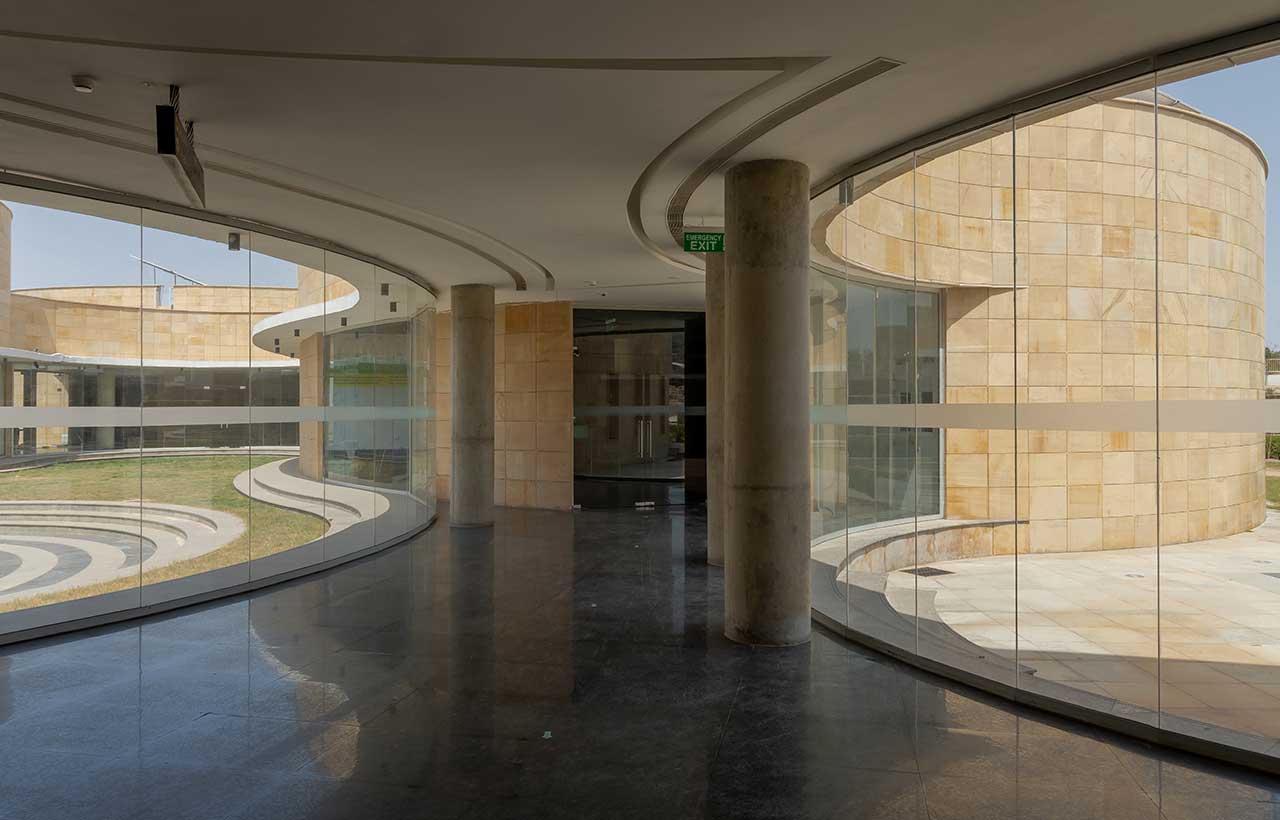 The design philosophy draws inspiration from the immediate context of Smriti Van, a memorial to the devastating 2001 earthquake, thus creating a meeting point of science, culture and social interface.
The design philosophy draws inspiration from the immediate context of Smriti Van, a memorial to the devastating 2001 earthquake, thus creating a meeting point of science, culture and social interface.
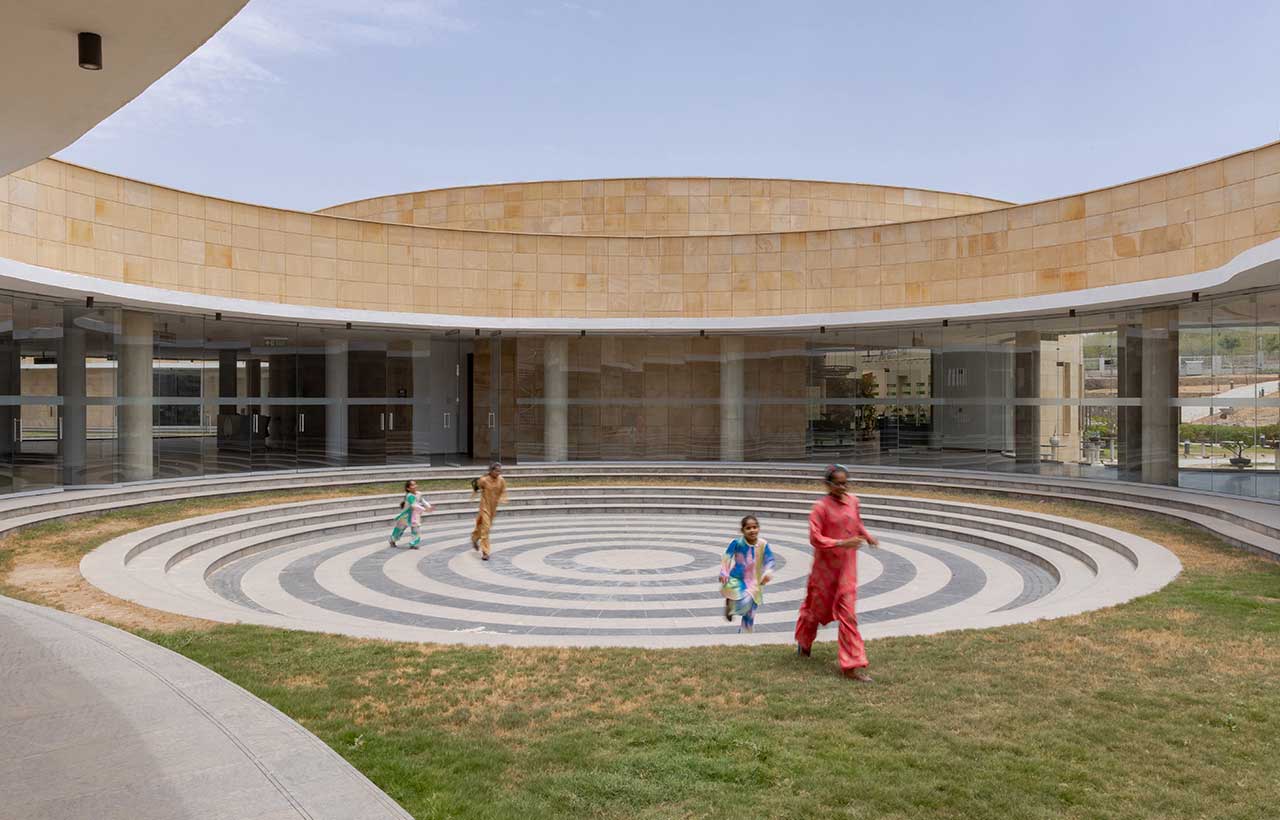 Characterized by their mud-plastered, bamboo-framed cylindrical traditional forms, the Bhunga houses of this desert region, represent a way of life deeply rooted in the local culture. Their adaption to the climate and time-tested structural stability make them well-suited for this earthquake-prone, desert region, with its sandstorms and cyclonic winds.
Characterized by their mud-plastered, bamboo-framed cylindrical traditional forms, the Bhunga houses of this desert region, represent a way of life deeply rooted in the local culture. Their adaption to the climate and time-tested structural stability make them well-suited for this earthquake-prone, desert region, with its sandstorms and cyclonic winds.
Governed by the Venturi effect and Bernoulli’s principle of pressure differences, Bhungas allow for easy flow of cool breezes within, and divert strong winds around their curvilinear walls, preventing structural destabilization. Built on platforms and placed close together, the residual spaces act as shaded spaces for circulation and community engagement.
Inspired by this traditional architecture, the exhibition galleries of the Centre are designed as cylindrical envelopes. Clustered around common spaces, they allow for a fluid transition for visitors, offering a dynamic and interconnected journey through the exhibits. Elliptical in plan, each of these six galleries rises to eight meters, casting cooling shadows.
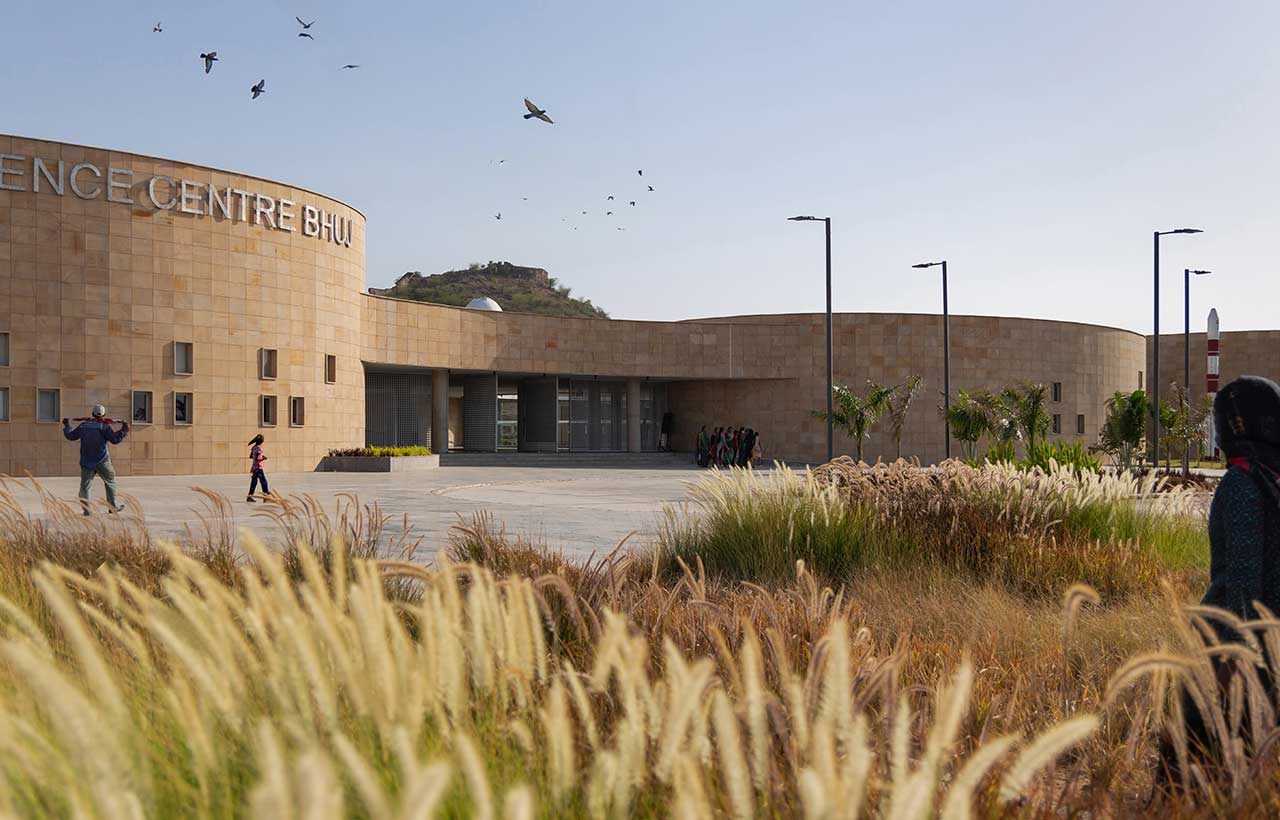 Landscaped spaces for outdoor exhibits and step-down courtyards are carved out of the curved intermittent niches. The dry-clad system using locally available stone, harmonizes with the regional context and reduces cooling loads. Seismic resilience is optimized, and economic viability influences exhibit planning, functionality, and long-term operational sustainability.
Landscaped spaces for outdoor exhibits and step-down courtyards are carved out of the curved intermittent niches. The dry-clad system using locally available stone, harmonizes with the regional context and reduces cooling loads. Seismic resilience is optimized, and economic viability influences exhibit planning, functionality, and long-term operational sustainability.
The Centre's programmatic arrangement aligns galleries’ themes that are focused on Space, Nanotechnology, Energy, and Marine Navigation along the east-west 'science' axis. Administration and library/workshop blocks, along with Noble/Bonsai galleries and a central plaza courtyard, align with a north-south 'cultural' axis.
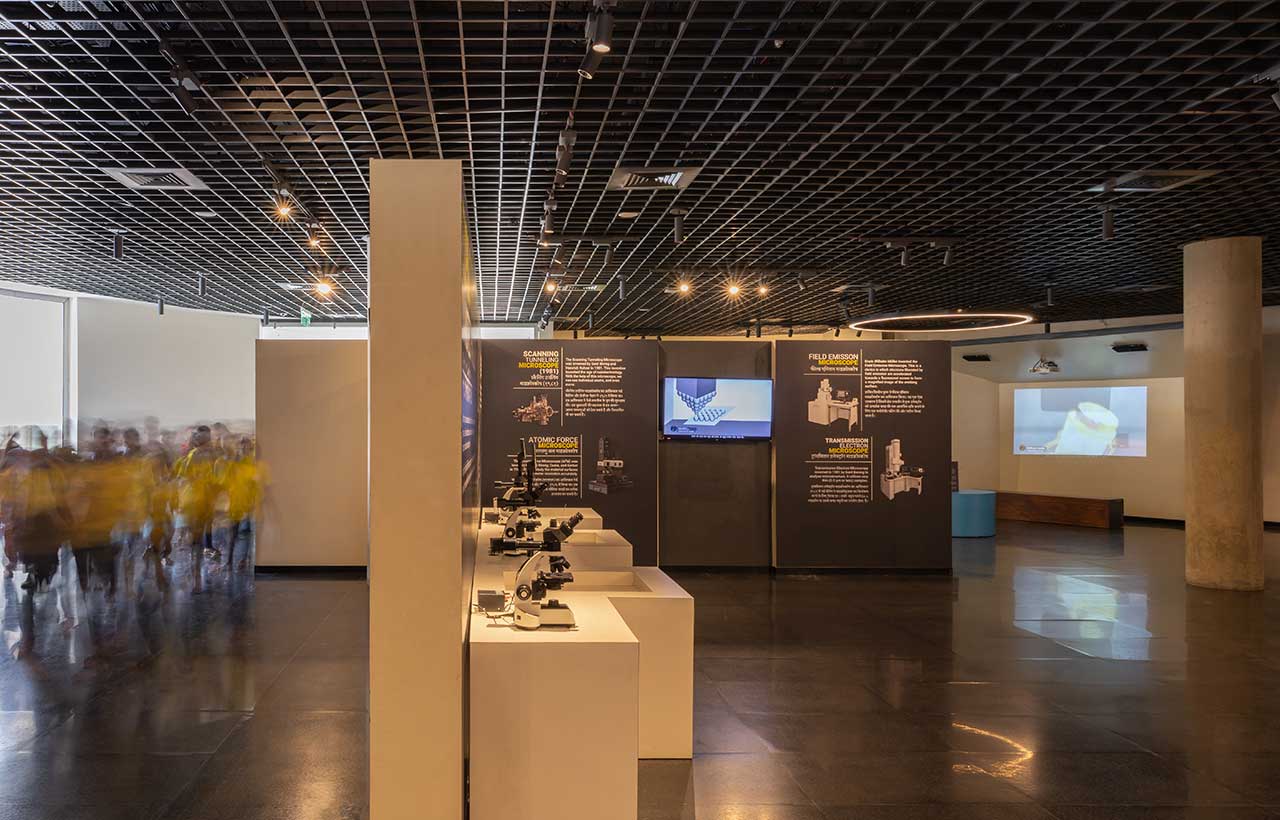 Technological aids such as a 5D theatre, interactive media, and application pods complement the immersive edutainment approach.
Technological aids such as a 5D theatre, interactive media, and application pods complement the immersive edutainment approach.
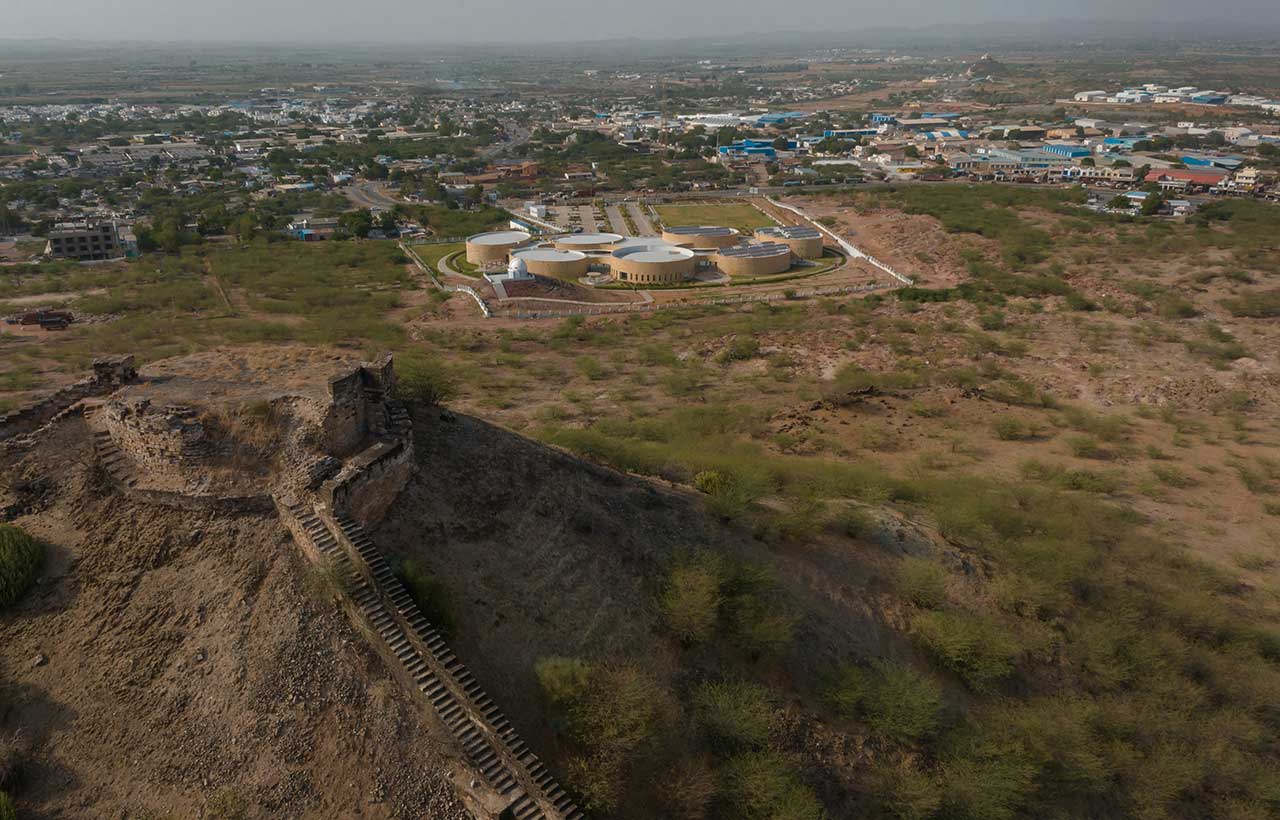 Going beyond aesthetics, the design serves as a bridge between tradition and innovation in the realm of science and technology. It resonates with the rich heritage of Kutch while offering an immersive and interactive space that pushes the boundaries of science and technology, symbolizing Gujarat's commitment to bringing science closer to the people in an engaging and culturally resonant manner that is accessible and inclusive even for remote and rural areas.
Going beyond aesthetics, the design serves as a bridge between tradition and innovation in the realm of science and technology. It resonates with the rich heritage of Kutch while offering an immersive and interactive space that pushes the boundaries of science and technology, symbolizing Gujarat's commitment to bringing science closer to the people in an engaging and culturally resonant manner that is accessible and inclusive even for remote and rural areas.
 Stay updated on the latest news and insights in home decor, design, architecture, and construction materials with BMR.
Stay updated on the latest news and insights in home decor, design, architecture, and construction materials with BMR.
Fact File
Firm Name: INI Design Studio
Project Name: Regional Science Centre at Bhuj
Project Location: Bhuj, Gujarat, India
Project Director (Design) : Saumil Mevada
Project Architect: Ani Agarkar



